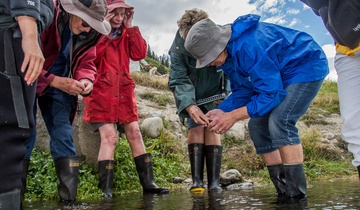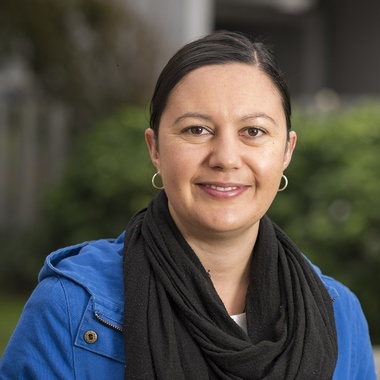Freshwater Quality
Latest news
Latest videos
The ANZECC water quality guidelines are used extensively throughout New Zealand in managing water quality and potential effects of discharges.
Implications of climate change for New Zealand’s freshwaters
Climate change is one of the defining societal and environmental challenges of the 21st century, for New Zealand and the planet.
The purpose of weed harvesting
Water quality maps and information, Aptil - June
Riverflows, April May June 2014
Citizen science benefits environmental monitoring
Increasing interest in citizen science is benefiting environmental monitoring. Citizen data supplements professional data, meaning more data collection overall.
NIWA advances wastewater treatment processes
NIWA and Waipa District Council are working together to demonstrate the use of enhanced pond systems (EPS) to achieve cost-effective, efficient wastewater treatment.
Didymo in New Zealand: ten years on
It’s now almost ten years since blooms of the stalked diatom Didymosphenia geminata – commonly known as didymo, or “rock snot” – were first discovered in the Waiau River, Southland.






































